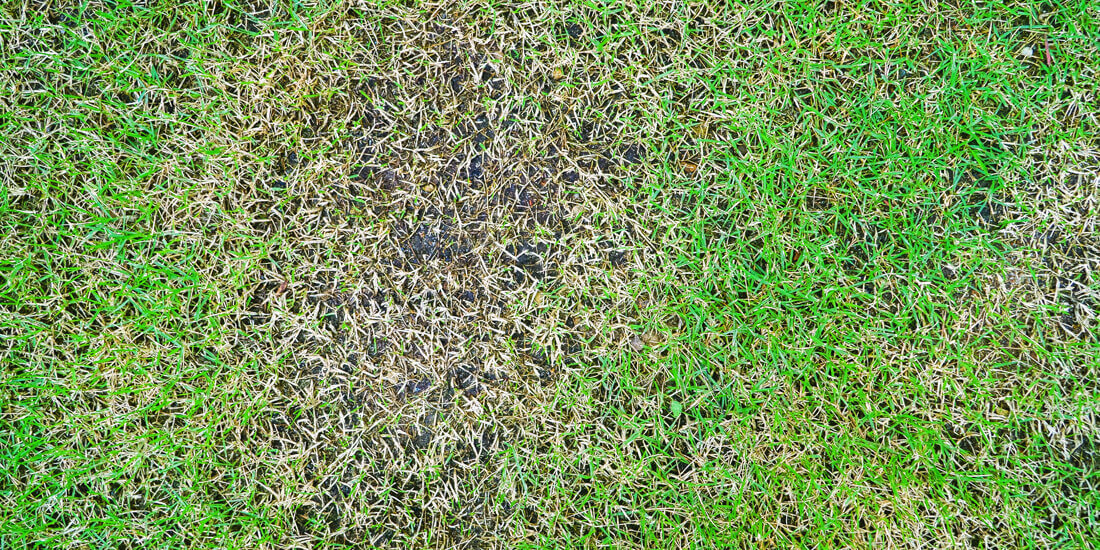How to repair thinning grass, patches and holes in your lawn

How to repair thinning grass
Overseed thinning / patchy grass
When your lawn patches appear, it's time to apply some fresh grass seed to rescue it. You can repair the thinning sections of your lawn showing wear and tear by overseeding. To get the best results, carry out overseeding between April – September. These months are the best time to repair thinning grass.
Follow these easy steps to overseed patches:
- Mow your lawn before repairing the patches, as you won't be able to while the new seedlings establish
- Rake away any clippings, stones or debris from the patchy section and loosen the soil
- Ideally, allow the area to cultivate for 10-14 days; this will encourage any dormant weeds to appear on the surface, which can then be removed by hand.
- Use a quick-release fertiliser to strengthen the new grass, applying at a rate of 70g per m2 and watering it in until dissolved
- Once dissolved, overseed the area at a rate of 35g per m2
- Water the area daily for the first six weeks after sowing your seed - you can avoid doing this if there is prolonged rainfall
The quick-release fertiliser will give the damaged grass the quick boost it needs in preparation for reseeding, which will then help your lawn grow faster and fill out quickly. To avoid grass blade burning, apply fertiliser evenly on an overcast day or in the evening when it’s not too hot. Ensure you water in the fertiliser after application to activate it.
Fertilise to thicken thinning grass:
If your grass is thinning slightly, you may be able to thicken it up with a fast-acting nitrogen-rich fertiliser. Whilst nitrogen also helps to make your grass greener, it can also help strengthen the roots of your current grass. However, a reseed will be more efficient if the area is particularly 'bald'.
Repairing holes/pits in your lawn
If the holes/pits are only slight then repairing the grass should be a simple process and can be easily repaired with a little top dressing to level out the surface and reseed, but for anything more than 1/2″ deep you will need to follow the below steps:
- Using a half-moon edging iron and spade, remove the damaged grass by cutting the section out in a square shape.
- Gently forking over the remaining soil in the section.
- Sprinkle compost or topsoil over the section.
- Sow the grass seed over the base at a rate of 50g per sq metre.
- Sprinkle a small amount of compost or topsoil on the seed to protect it from birds.
- Keep the new seed watered, don’t overdo it, but enough to keep the soil moist.